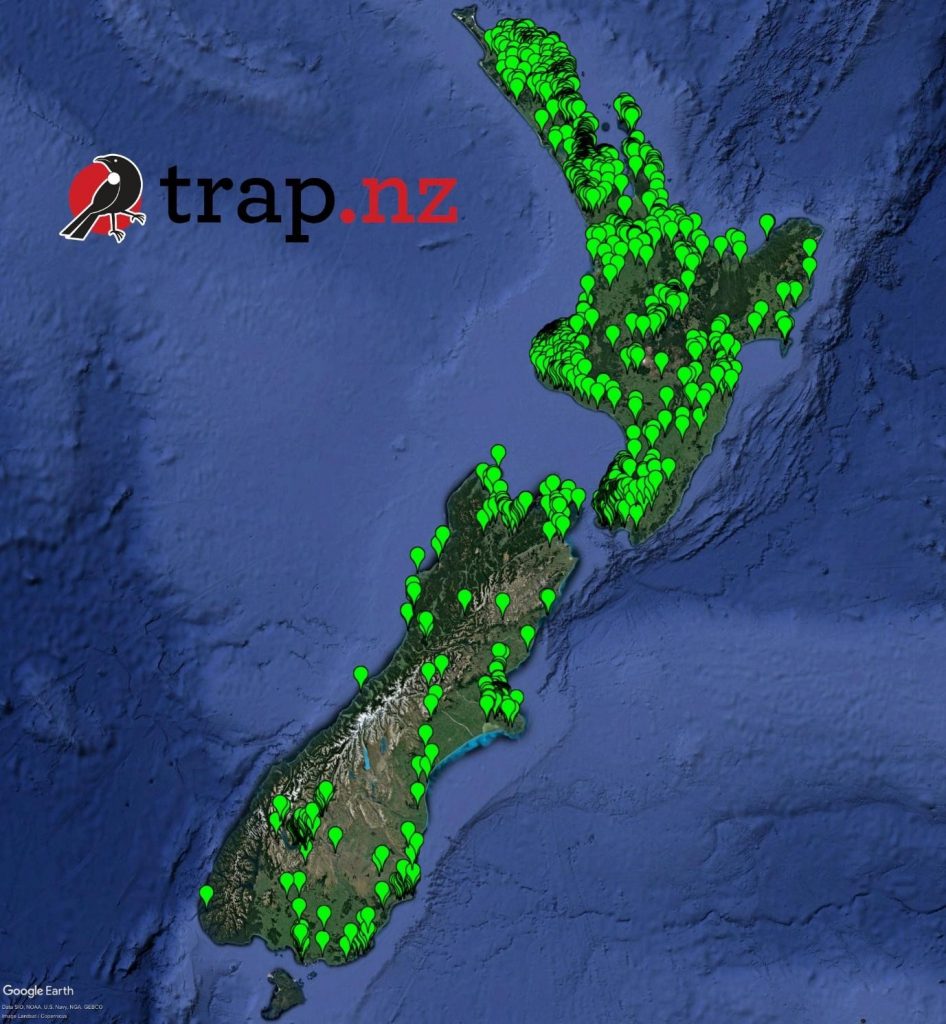Animal pest control got a $291M boost from the NZ Government as part of Budget 2020. This will require the coordination of lots of people and information to get this work done. It will require tracking and reporting kills and monitoring of outcomes. You can’t manage what you don’t measure.
Thankfully there is already a system in place to support this. Trap.nz has been doing precisely this since 2014 and the facts speak for themselves – there are now over 7,115 trapping projects involving 46,689 active trappers using the system.

Trap.nz figures show that more than 638,821 pest animals have been removed from ecosystems throughout New Zealand over just the last year. These include 310,555 rats, 34,356 weasels, stoats and ferrets and 41,730 hedgehogs. This shows the effectiveness of the massive nationwide trapping effort already underway to protect and restore New Zealand’s rare and threatened wildlife.
Trap.nz is ideally placed to provide the tools required by large-scale pest control projects. Trap.nz supports major pest control initiatives such as the Miramar Peninsula Eradication Project, Taranaki Taku Tūranga — Towards Predator Free Taranaki and the Hawkes Bay Cape to City project.
Trap.nz is supported by a collaborative of regional councils, research organisations and others to provide a free service for pest control groups. It is also supported by Predator Free 2050 Ltd, as a key component of landscape scale predator free projects throughout the country.
Trap.nz has been developed and is provided by Groundtruth, an innovative New Zealand company providing support and technology to conservation and land management.
Peter Handford (managing director of Groundtruth) says: “We are excited to be part of this major lift in operations to protect our precious native biodiversity and engage and employ people from local communities”.
Along with the website (www.trap.nz), there is also an app to help trappers keep a record of their trapping efforts directly from mobile devices when out in the backyard, field or bush. All traps and bait stations are recorded and mapped on the website and app.
Trap.nz generates a range of reports including interactive heatmaps of pest control results, tracking changes through time as well as providing GIS data for importing into regional databases. Live offline recording is also a key feature. Cellphone coverage is not required for the system to work.
ENDS